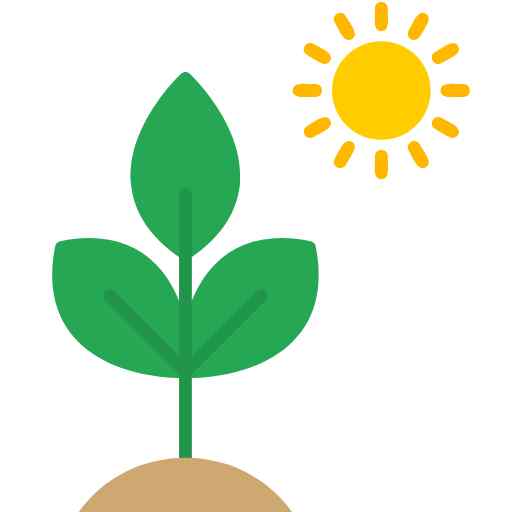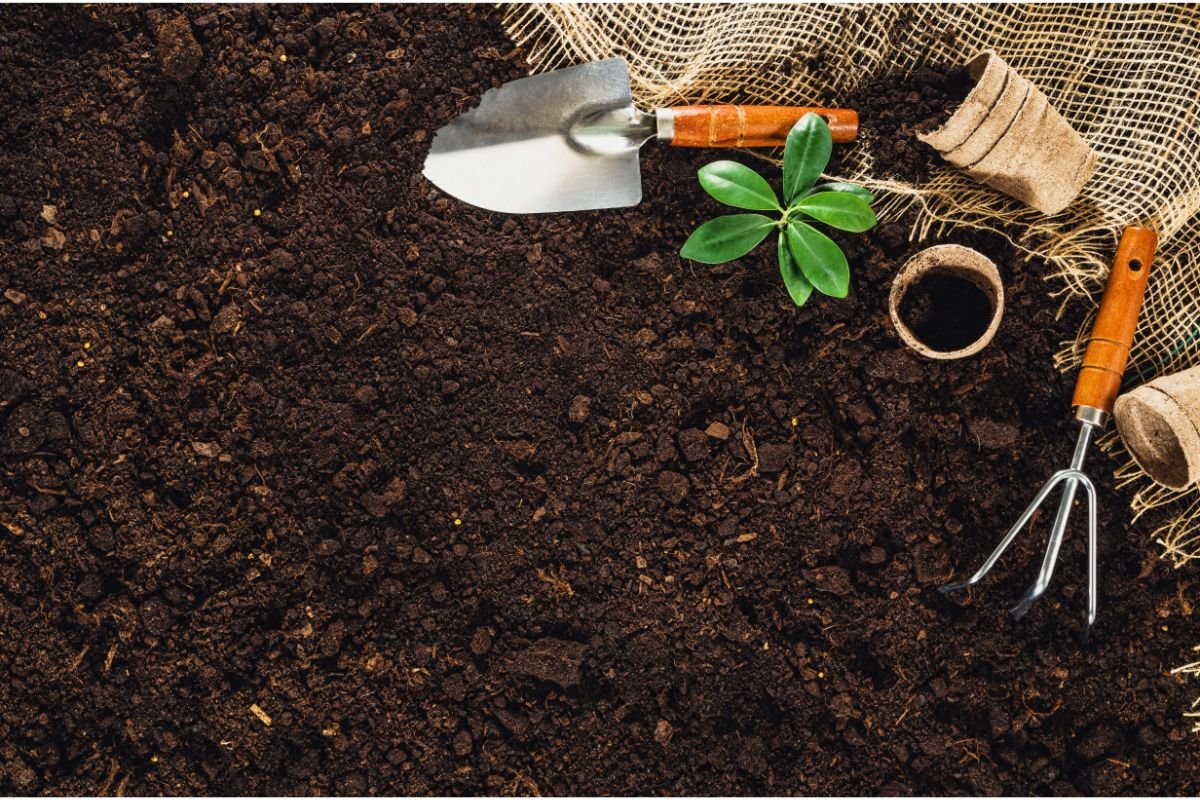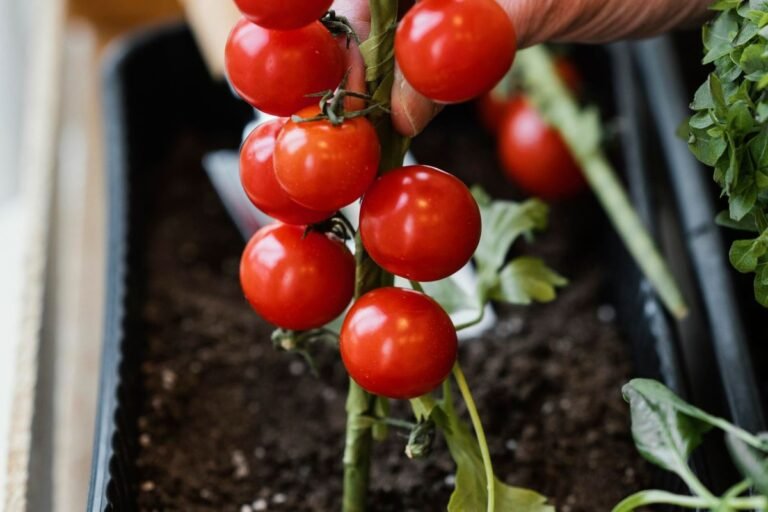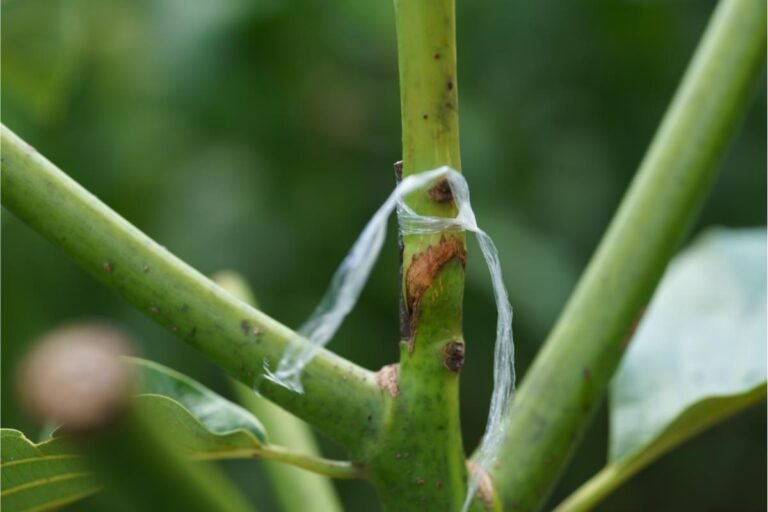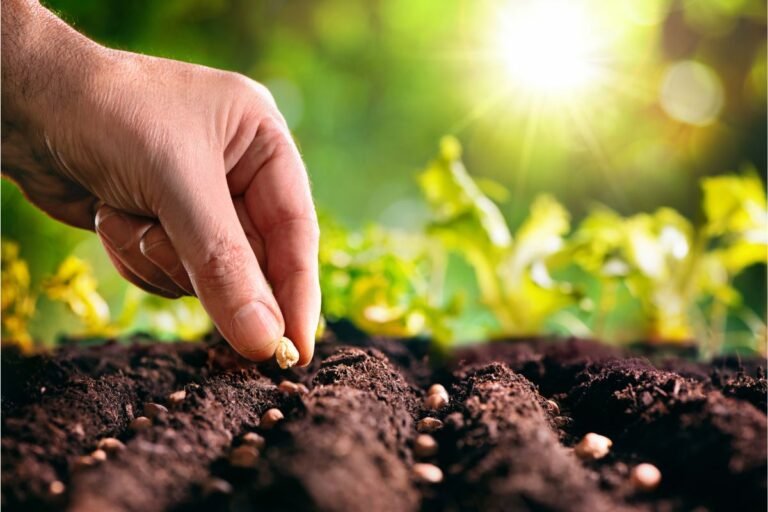How to Prepare a Healthy Soil
Garden soil is composed of various organic and inorganic components that strengthen and nourish the roots of plants. Garden soil can be given more nutrients by adding some organic waste, such as vegetable peels, food scraps, and fruit. It is critical to ensure that your garden soil is suited for cultivating any type of plant in your yard. Healthy plants grow in healthy soil, which in turn creates a healthy environment for humans. What can you do to improve your gardening soil? This blog post will guide you how to make garden soil.
Composition Of Soil
Living and non-living elements are combined to form soil. It also contains rotting plant and animal wastes. Healthy soil requires air and water as key components. In addition, the soil is fertilized by the presence of earthworms. Yet, too many earthworms in the soil can also be detrimental to plants.
Types Of Soil
The kind of soil determines the nutrient content and drainage of the soil. The following are some significant types of soil:
Clay
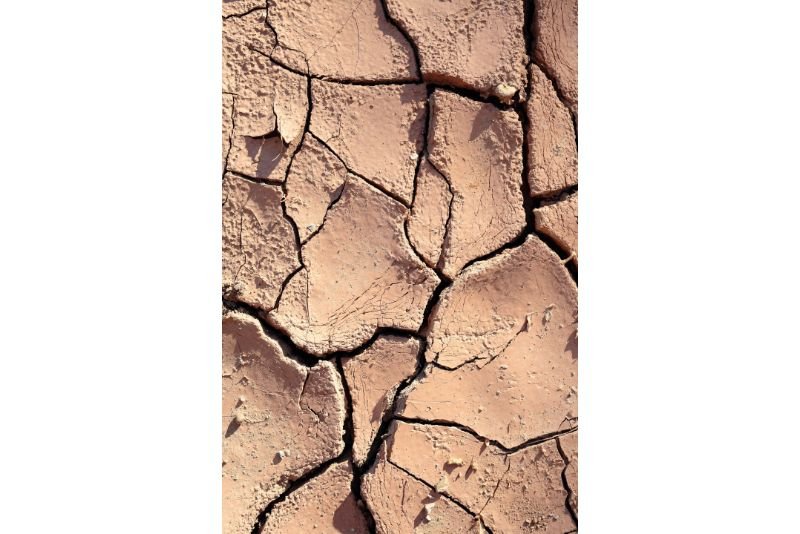
This sort of soil is smooth when dry and sticky when wet. Despite the high quantity of nutrients, the huge amount of clay makes it unsuitable for growing plants. It cannot allow enough water or air to pass through.
Sand
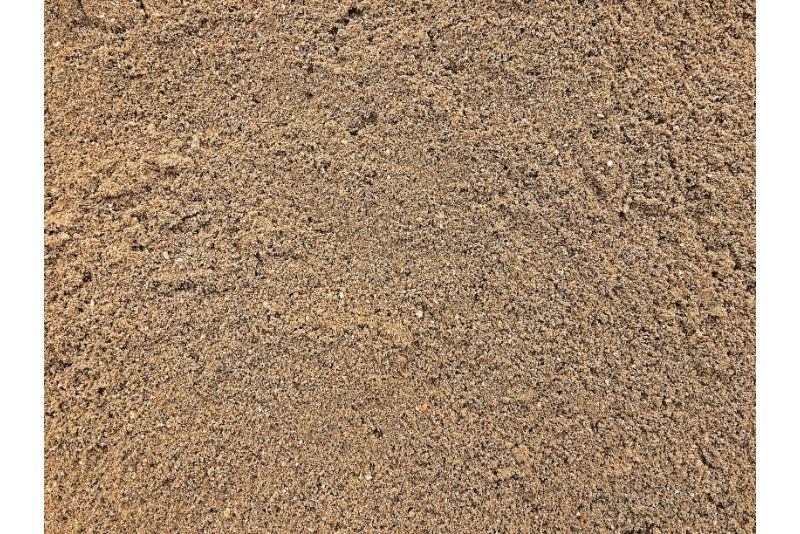
Although having few nutrients, sandy soil has a lot of drainages. It is hard and abrasive. The largest soil particle is sand.
Silt
This particular sand has interesting characteristics. When dry, it resembles sand and powder and is not sticky when wet. This sand falls somewhere between sand and clay.
Loam
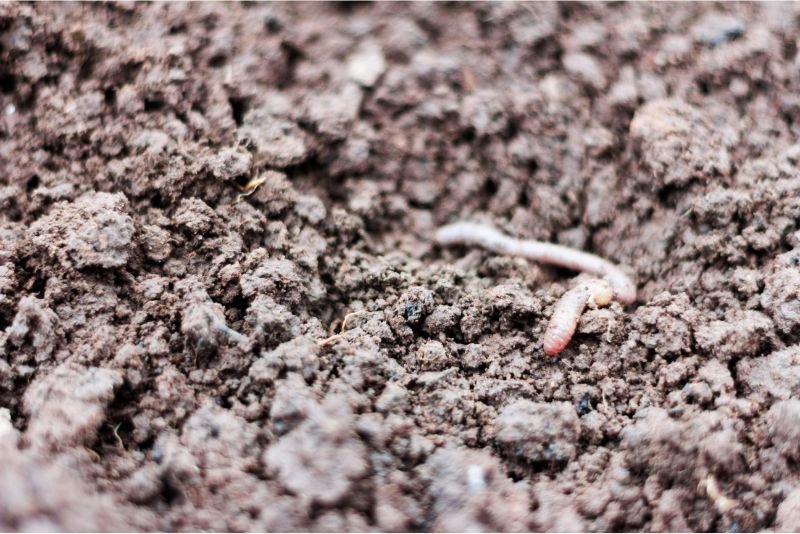
The best soil for many plants is loam. It is abundant in organic matter, which promotes organic activity and retains moisture, enabling plants to grow healthily. It consists of three different types of soil—sand, silt, and clay.
Aspects Of The Soil
It is crucial to comprehend the composition and type of soil to develop healthier plants. Various kinds of circumstances are needed for different kinds of plants. Having an understanding of plants and various soil types can help keep a lovely garden.
Plants will grow more successfully in soil that has adequate nutrient levels and a constant pH level. To increase the fertility of the soil, fertilizers, and expensive pesticides can be added, which can temporarily fix the issue but lead to new challenges later on.
The fertility of the soil can also be impacted by the soil’s drainage capabilities and uniformity. The following are some crucial elements that help in our awareness and analysis of the soil’s status.
pH Level
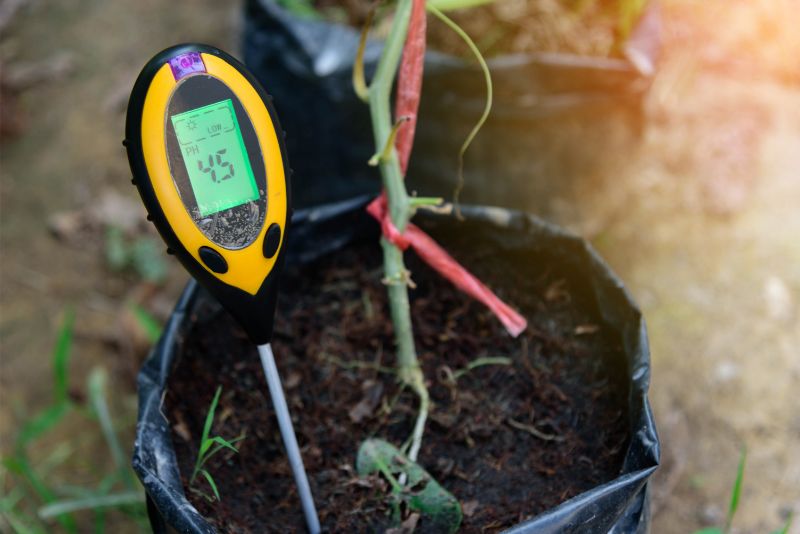
Analyzing pH level of the soil makes it more environmentally friendly and conducive to plant growth. Most plants thrive at pH levels just above or below 7.
Sandy Soil
Although sandy soil drains well, it has little in the way of nutrients. Water-soluble nutrients can be quickly washed away due to their rapid drainage. To help with this, well-rotted compost mulch and rake-in fertilizers can be applied.
Heavy Soil
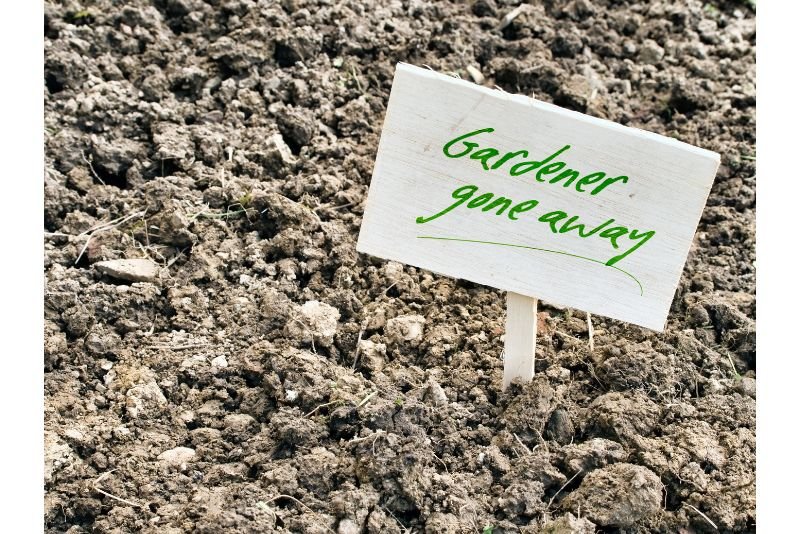
There is a lot of clay in heavy soil, and it drains poorly. Because of the clay, digging is more difficult. When wet, it grew stickier. The addition of organic matter will help in enhancing soil structure.
The Life Of The Soil
Healthy soil organisms keep the soil in good condition. These microorganisms support plant root development and improve soil fertility. These creatures make the soil loose and fluffy and supply nutrients to plants.
Earthworm bacteria, fungi, mites, and many other creatures can be found in soil. If there is a requirement then some of these organisms can be put into the soil by providing them proper environment.
Organic Substance
Compost and organic matter feed the soil and keep it wet. They serve as a repository for plant nutrients. It also provides nourishment for healthy microbes. Any type of soil can be made better by the addition of compost.
Better outcomes in this regard come from applying organic material to the soil’s top every year. Compost can be made at home by anyone or purchased organically.
Fertilizer
To properly prepare the soil for plants, fertilizers are quite crucial. Fertilizers contain various concentrations of potassium, phosphorus, and nitrogen.
Organic fertilizers are always a superior alternative for garden soil as it works gradually and maintains the soil fertilized for a long period. Increased synthetic fertilizers harm both plants and the environment. These might be harmful to the microorganisms that are good for the health of the soil.
Water
All living things need water, but only in the proper amount—neither too much nor too little. 25% of water is present in healthy soil.
Depending on the soil’s structure, water helps plants. Sandier soil readily drains away water, preventing plants from using it. Clay prevents soil water from being absorbed by the soil, which can suffocate plant roots as well as those of microorganisms.
The optimum soil for your plants has both small and wide pores. Water is also stored in organic compost so that plants might utilize it later.
Air
Air is necessary for plants to breathe and flourish, just like for other living things. For plants, it is crucial both above and below the earth. Soil contains air, which preserves atmospheric pressure and makes it useful for plants.
The soil’s microbial inhabitants which are good for plants depend on oxygen. Several types of soil contain varied amounts of air. Sandier soil has an abundance of air, which allows it to be quickly absorbed and break down organic stuff, rendering it useless to plants. Clay that is heavy and dense has few air pores.
The Contrast Between Potting Soil And Garden Soil
It gives plants a place to grow and be nourished. The correct soil for the right plant promotes rapid plant growth. Not every type of soil is appropriate for every sort of plant. Potting soil is not appropriate for gardens, and neither is garden soil for potted plants.
Potting Soil
Potting soil, commonly known as potting mix, includes a mixture added to the soil to improve plant growth. Flower pots and other plant containers can all use it.
Garden soil is cheaper than potting soil. Due to the availability of numerous brands in the market, it became challenging for consumers to purchase plant soil. Also, it is simple to purchase potting soil by selecting the appropriate soil and making straightforward choices. It should be selected based on need, not price.
Potting soil is made of many chemicals and pesticides that can be beneficial in the short term but harmful to soil organisms in the long run.
With potting soil, there is not enough space for roots to expand effectively, and they become suffocated owing to the limited space. Moreover, pots could be chosen based on the requirements of the plants.
Gardening Soil
Although gardening soil contains dirt, it is also rich in organic matter and nutrients vital to plants. It keeps water for a long time, allowing plants to utilize it as needed.
Living organisms in garden soil help in the soil’s ability to stay loose and fluffy. It promotes plant growth and creates a healthy environment for the roots. Moreover, they offer loose dirt to improve soil oxygenation.
How To Make Garden Soil?
In gardens, there are various sorts of soil. But it takes time to make garden soil that meets plant needs. It can’t be finished in a day. All we need is a straightforward procedure that we can use to design, test, and then adjust as necessary to meet the needs of the current soil.
What Qualities Of Soil Make Them Ideal For Plants?
Air, water, microbes, worn rock, and organic matter are among the vital components that soil must have. The soil is in a wonderful position for growing plants if it contains all of these components.
What Are The Ideal Proportions?
Up to 25% of the soil’s volume contains air. It is found in the soil’s tiny pores. In addition to giving plants nitrogen, air sustains the soil microbes alive.
Water is a crucial component of soil that gives plants life. It is essential for the soil’s ability to retain air. If the soil is saturated with water, it is worthless for growing plants since there are no soil-dwelling organisms that are essential for plant growth.
Organic substances and organisms also have an essential function in making the soil plants favorable.
Also, these creatures support plant growth by creating an underground food chain that breaks down the material into a type that roots can absorb.
First, inspect the soil at the local branch by paying a nominal fee, then perform the suggested actions to prepare the soil for cultivating plants. Remove all the sod, thoroughly clean the area, add organic materials and fertilizers, and then wait for the appropriate moment.
To exert some effort and planning, one can prepare the soil for gardening. It is crucial to test the soil and add fertilizer in a specific quantity. As you prepare the gardening soil and check for water availability make sure the soil has enough air and organic matter.
